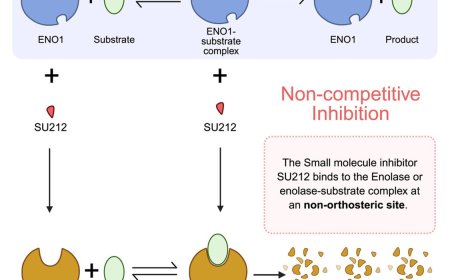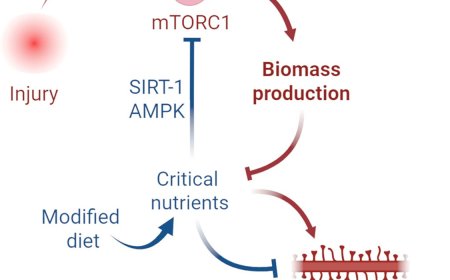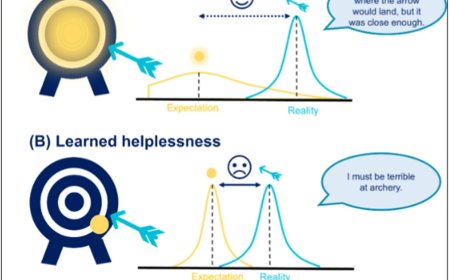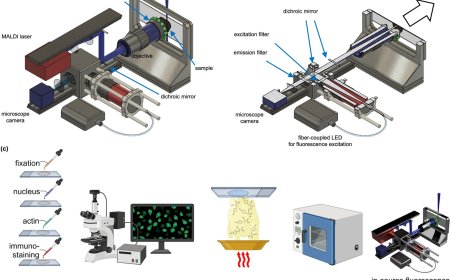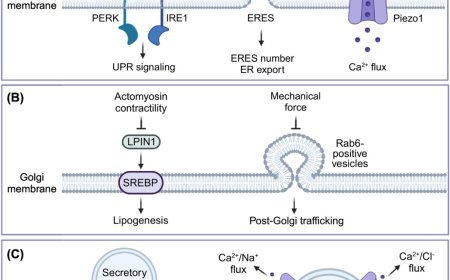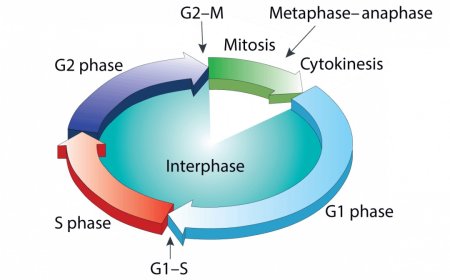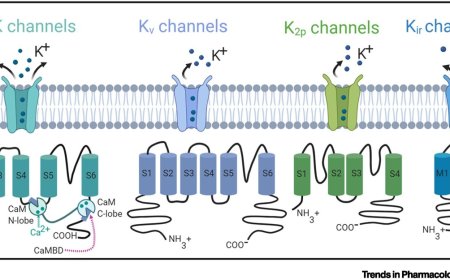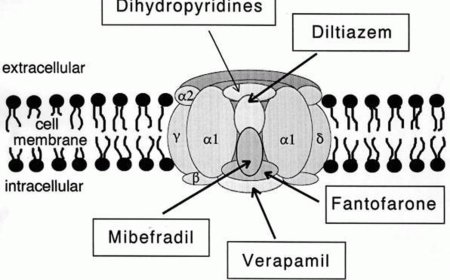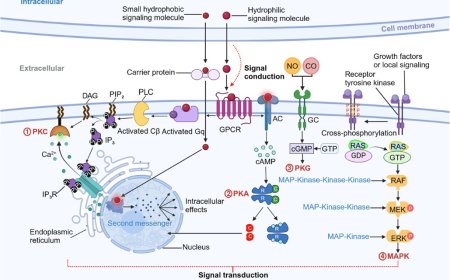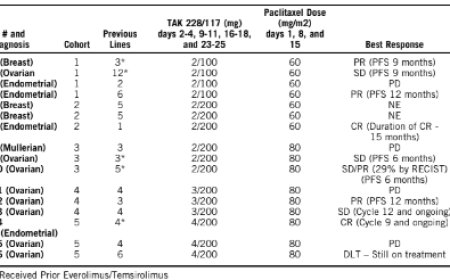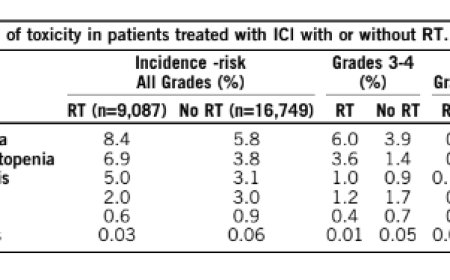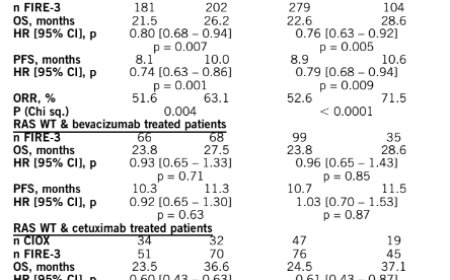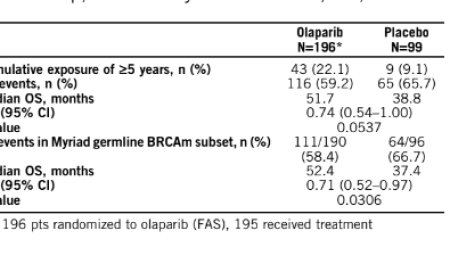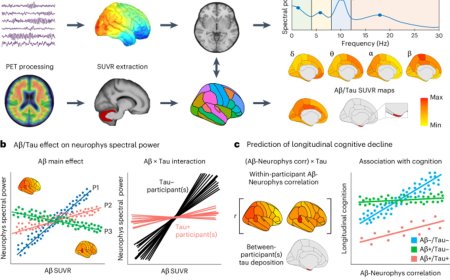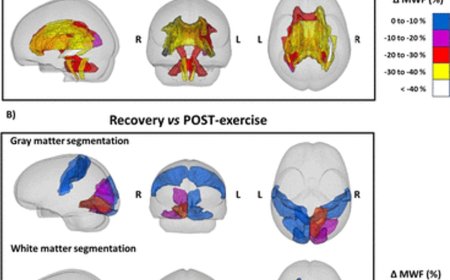Gene defect slows brain’s cleanup, driving Alzheimer’s risk
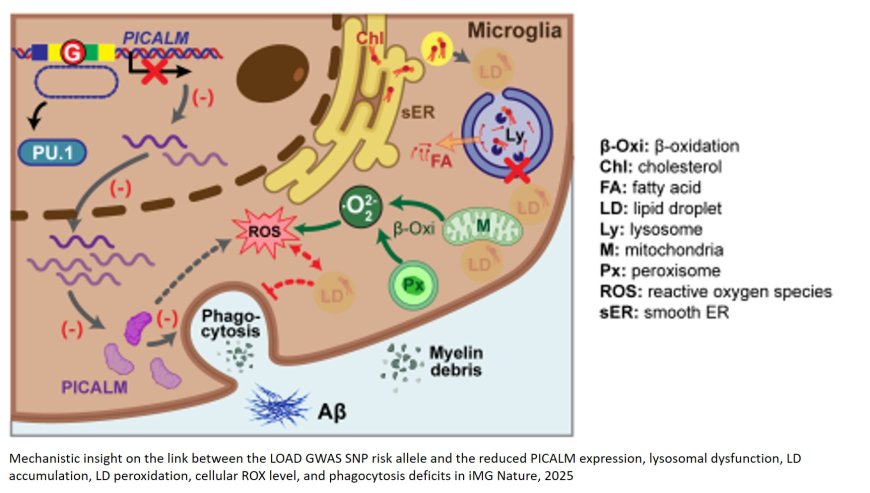
A Nature study published by researchers show how a genetic variant disrupts microglia — the brain’s “cleanup crew” — increasing the risk of Alzheimer’s disease.
To better understand microglia, imagine the brain as a bustling city, full of nerve cells or neurons, sending important messages back and forth, said the paper's senior co-author.
Microglia, tiny cells making up about 10 percent of the brain, act like sanitation and emergency responders and even urban planners, removing harmful proteins, repairing damage and helping the brain adapt to change, the author said. But when impaired, microglia slow down, swell with fatty deposits and lose their ability to protect neurons.
“Microglia are immune cells in the brain and they are scavengers,” the author said. “They play an important role in clearing up debris in the brain. And they also have a very important role in Alzheimer’s disease.”
The study focused on PICALM, the third-most significant risk gene for late-onset Alzheimer’s.
“We found that a variant of PICALM affected the immune cells of the brain, reducing their ability to clear debris and causing a buildup of cholesterol and lipids,” said a co-first author. “Understanding the functions disrupted by a specific risk gene gives new targets for developing pharmaceuticals for patients who have this genetic variant.”
About 30% of the population carries a protective PICALM variant. But the “major allele” reduces levels of the PICALM protein in microglia, impairing waste-processing organelles called lysosomes. This failure causes harmful lipid droplets to accumulate, further weakening microglia.
“This creates compact structures that cause havoc in a cell and impedes the microglia from doing its job,” the senior author said. “It’s extremely rare to have a story develop like this, and it took five years to unfold.”
The findings advance understanding of how genetic risk factors disrupt brain function and move scientists closer to targeted treatments.
“Many risks are being identified in microglia,” the author said. “And we are giving kind of a roadmap for one risk, and how the process results in lipid dysregulation and how the further accumulation of lipid droplets really starts to make the microglia ineffective. The knowledge we have gained adds one more piece to the Alzheimer’s puzzle we are putting together.”

